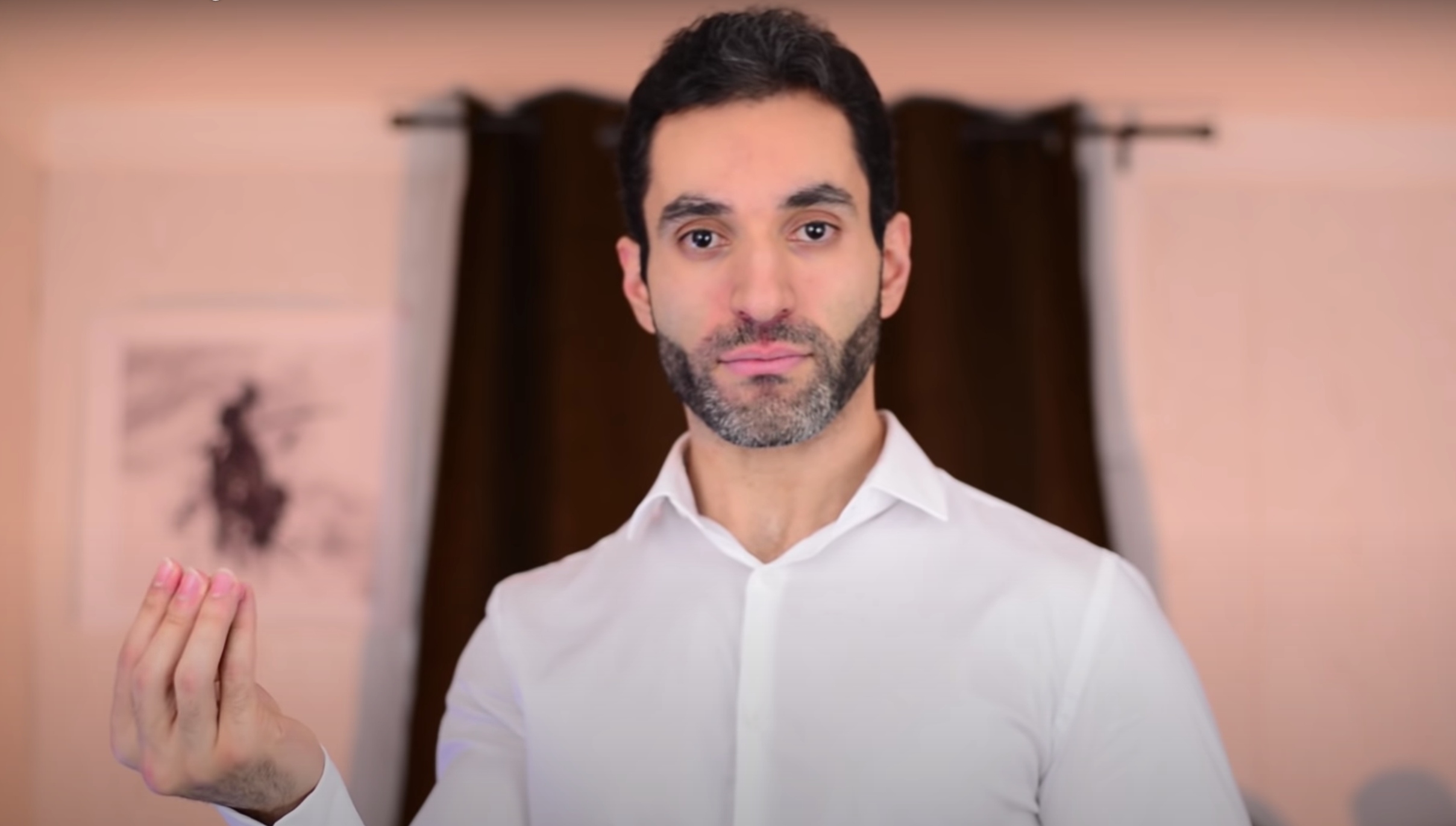
Eight Arab hand gestures that should be turned into emojis
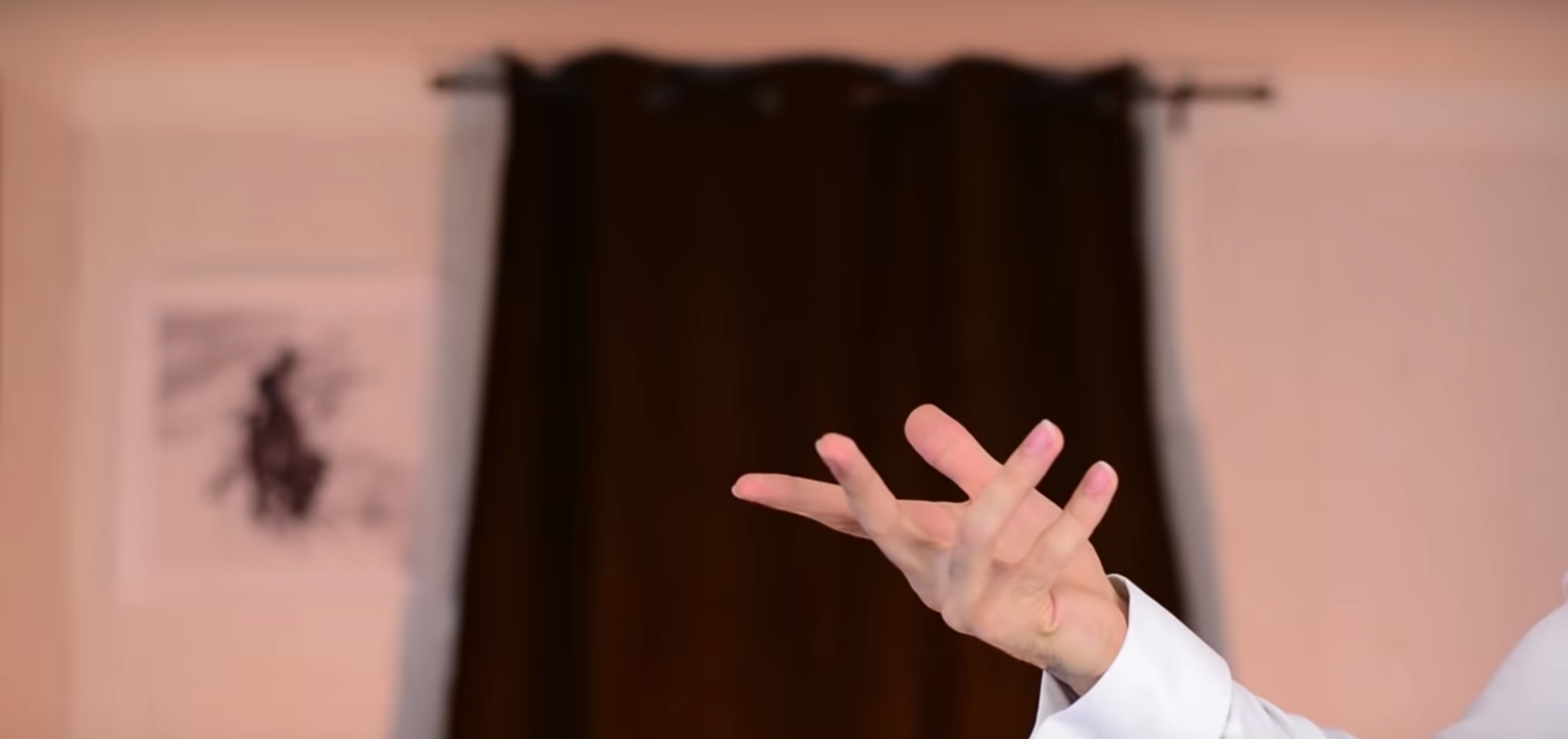
Hand gestures are just as interpretive in Middle Eastern culture as the spoken language, and for anyone wishing to understand the region, it's worth knowing the intricacies of this silent form of communication. To help focus on the essential signals used by Arabs, Canadian-Lebanese actor, filmmaker and vlogger Mark Hachem posted a video on Instagram of himself acting them out.
Sign number one, he says as he flicks his wrist, spreading his fingers wide, means "what?", or shoo in Levantine dialect. "To correctly perform the shoo: place hand forward and spin it around," he explains. "This technique can be used to express concern, irritation, outrage and defiance."
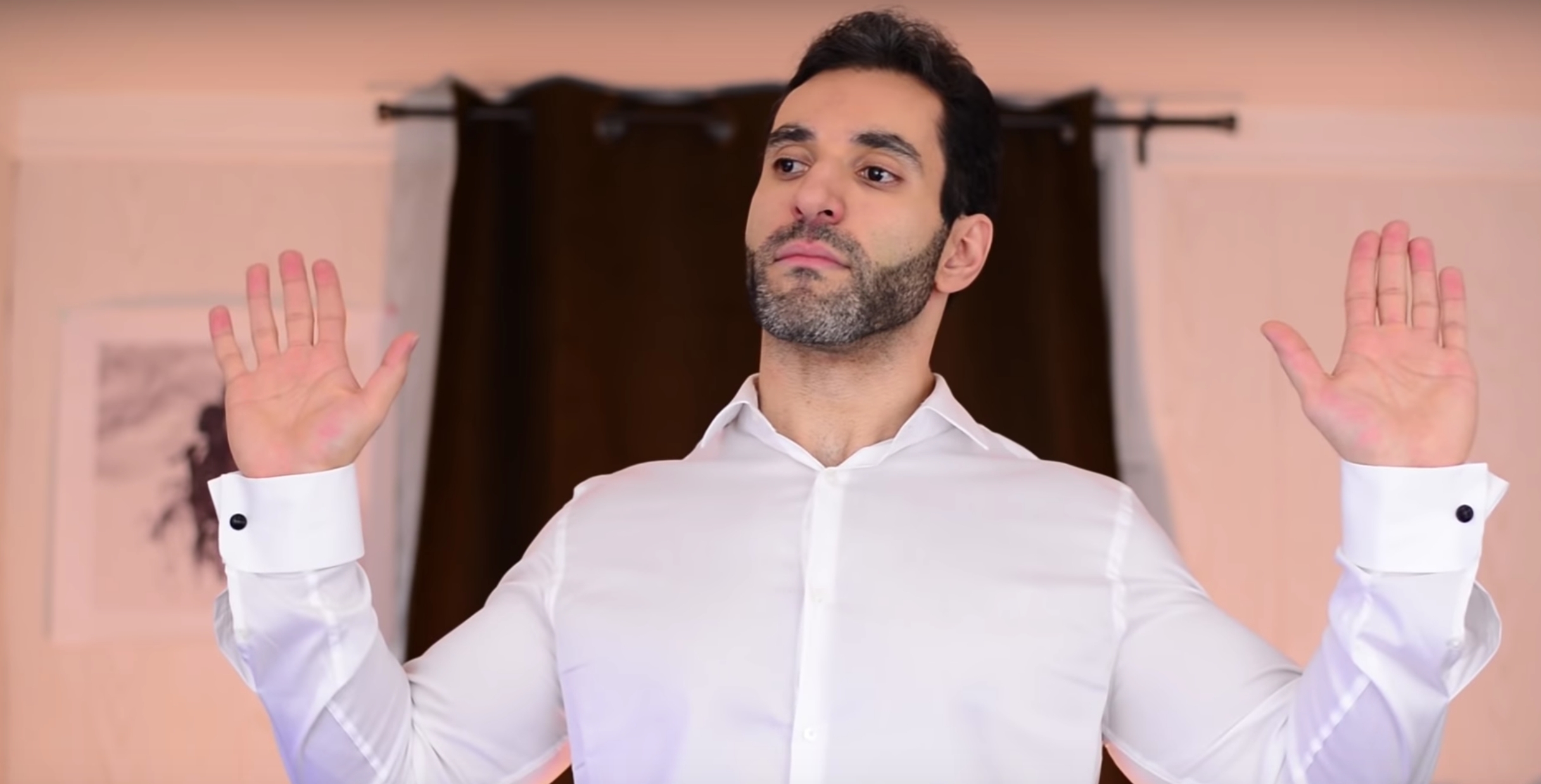
Sign number two is the "I swear to God", or wallah in Arabic. "Proceed to raise hands up suggesting innocence and honesty, with God as your witness, and that all that has proceeded or shall proceed from your mouth is absolute truth," Hachem says. "Quickly shaking the head while exclaiming wallah further suggests total honesty."
But it can also have another meaning, which is "that's it", or wi bass, this time used to express that the case at hand is closed. "To perform it, simply state your argument with passion and conviction, quickly jerking your hands forward and back immediately. That's it. Be careful not to raise only one hand however, because one hand raised behind the head converts it into a threat."
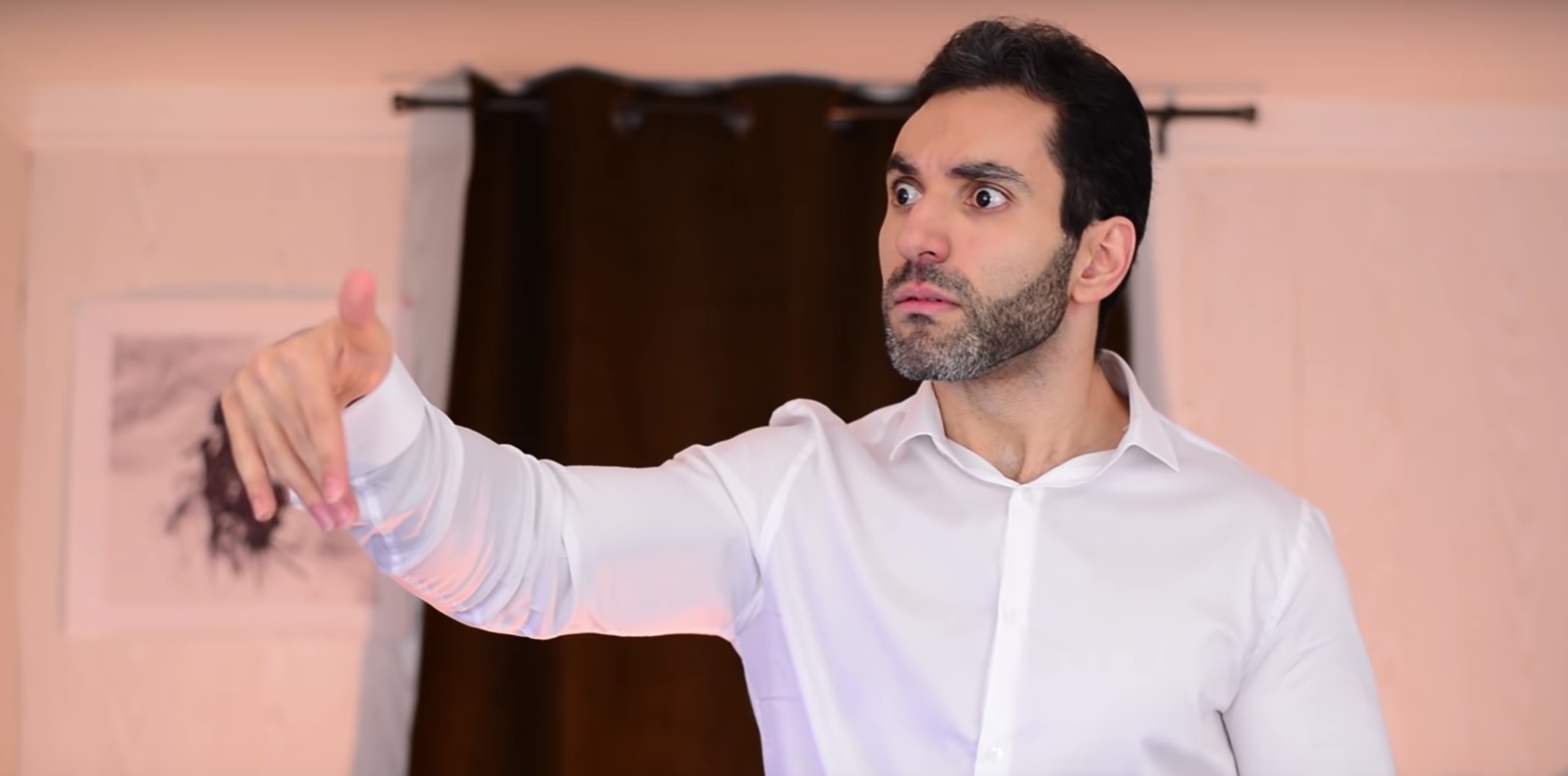
Sign number three is the "come here", which in Arabic is ta'ala hon. This one is performed by raising one arm with the palm facing downwards before commencing to wave. The more powerful the wrist action, the more demanding the request.
"Add the arm to express urgency, carefully moving the rotator cuffs along with the wrist," Hachem says, explaining that the gesture "comes in useful when you are trying to get someone to come over in a hurry". He adds that: "It can sometimes be used in combination with a glare and the bkassrak (I'll break you) gesture to threaten or intimidate someone."
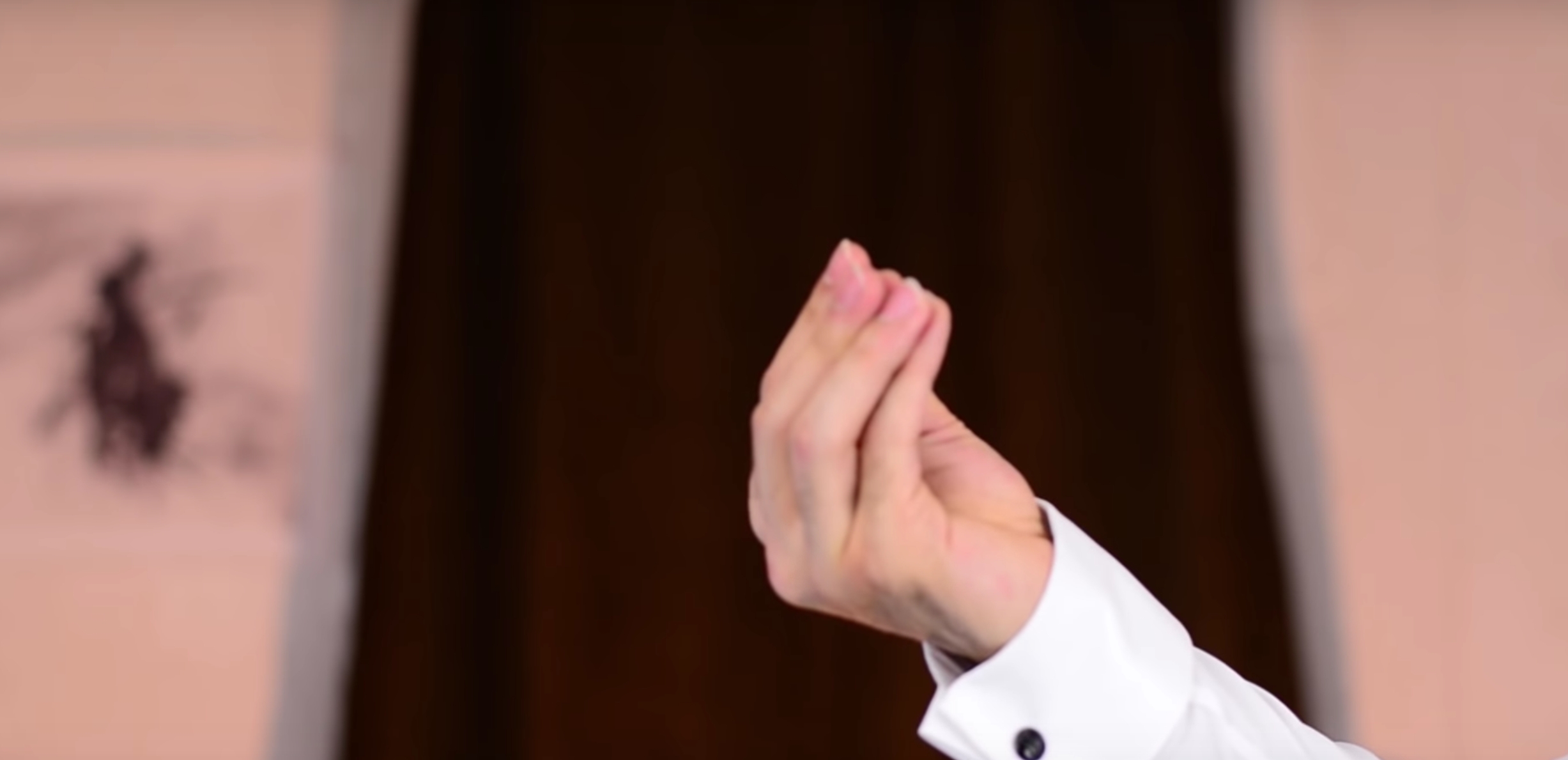
Despite being claimed as the Italian ma che vuoi emoji, to express exasperation or disbelief, the pinched finger emoji that will be available to smartphone users this year is a popular one throughout the Middle East. Sign four of Hachem's list, it can either mean "wait" (lahza) or "I'll show you" (halla bfarjeek). The difference is subtle - a menacing look is all it takes to turn this from a friendly signal to a disciplinary threat most successfully executed by parents. For the latter, Hachem says, "purse two fingers together and slowly raise them while glaring at the subject with menacing eyes."

Hachem's fifth sign is the inverse pinched finger, which he translates as "Do you understand now?" or fhemet in Arabic. "This sign is used for persuasion and emphasis, to make a point. Perform the sign by bringing the arm forward with pursed fingers facing down and make points in the air while presenting your argument."
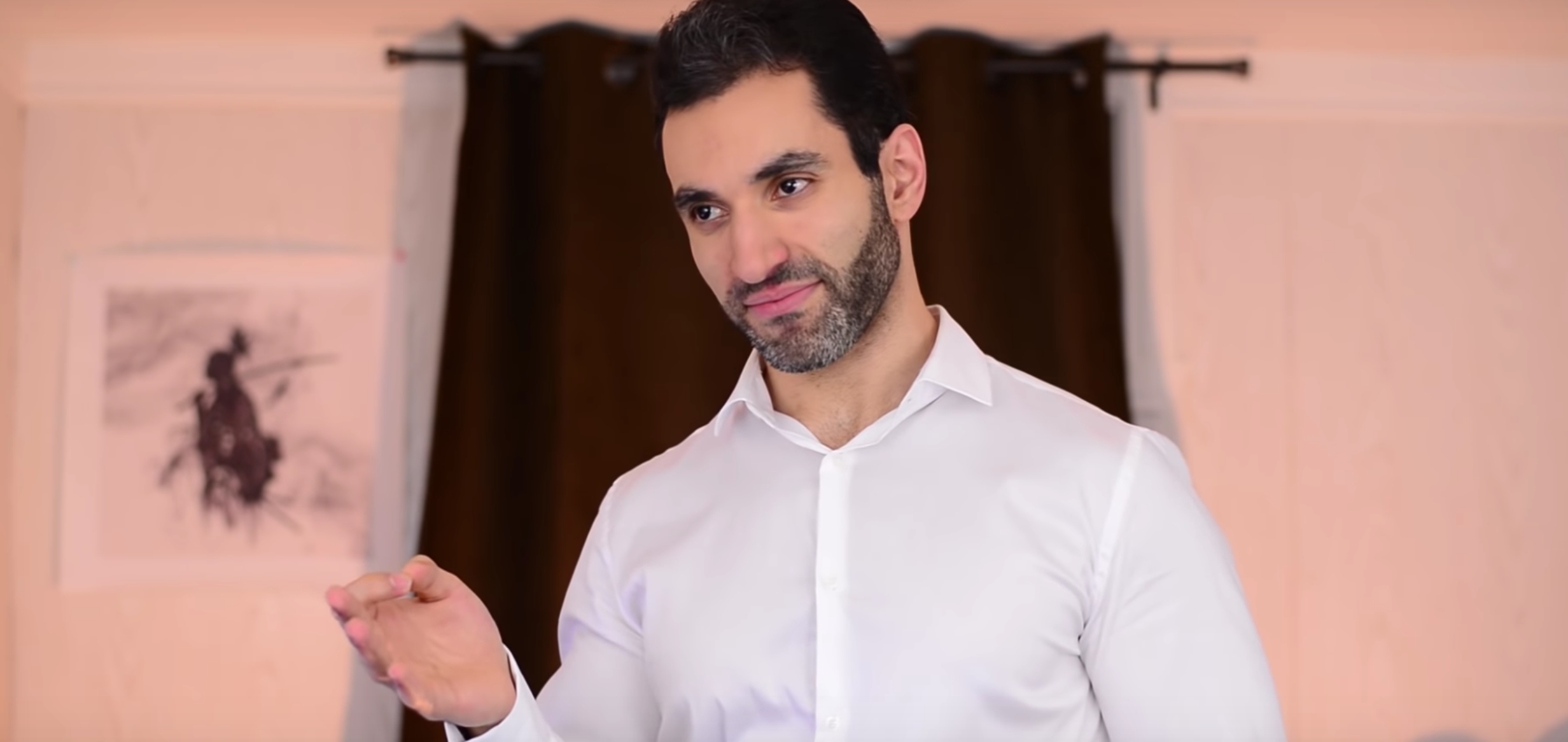
The next sign is the aforementioned "I will break you", or bkassrak. Overtly threatening, if someone uses this gesture, Hachem warns, "the general advice would be to run". To perform it, he says, "place the fingers in the okay sign, shake and use it to varying degrees." It is a gesture commonly used when a heated argument has reached an impasse.

Heated debates can also be challenged by using this next gesture, which "is used to significantly boost one's ego". To perfectly execute this gesture, Hachem says, "wave hand at chest then up, ensuring a proud and outraged look on your face, and proceed to ask rhetorical questions about your status... Include lunging motion and chest beating to add self importance and intimidation."
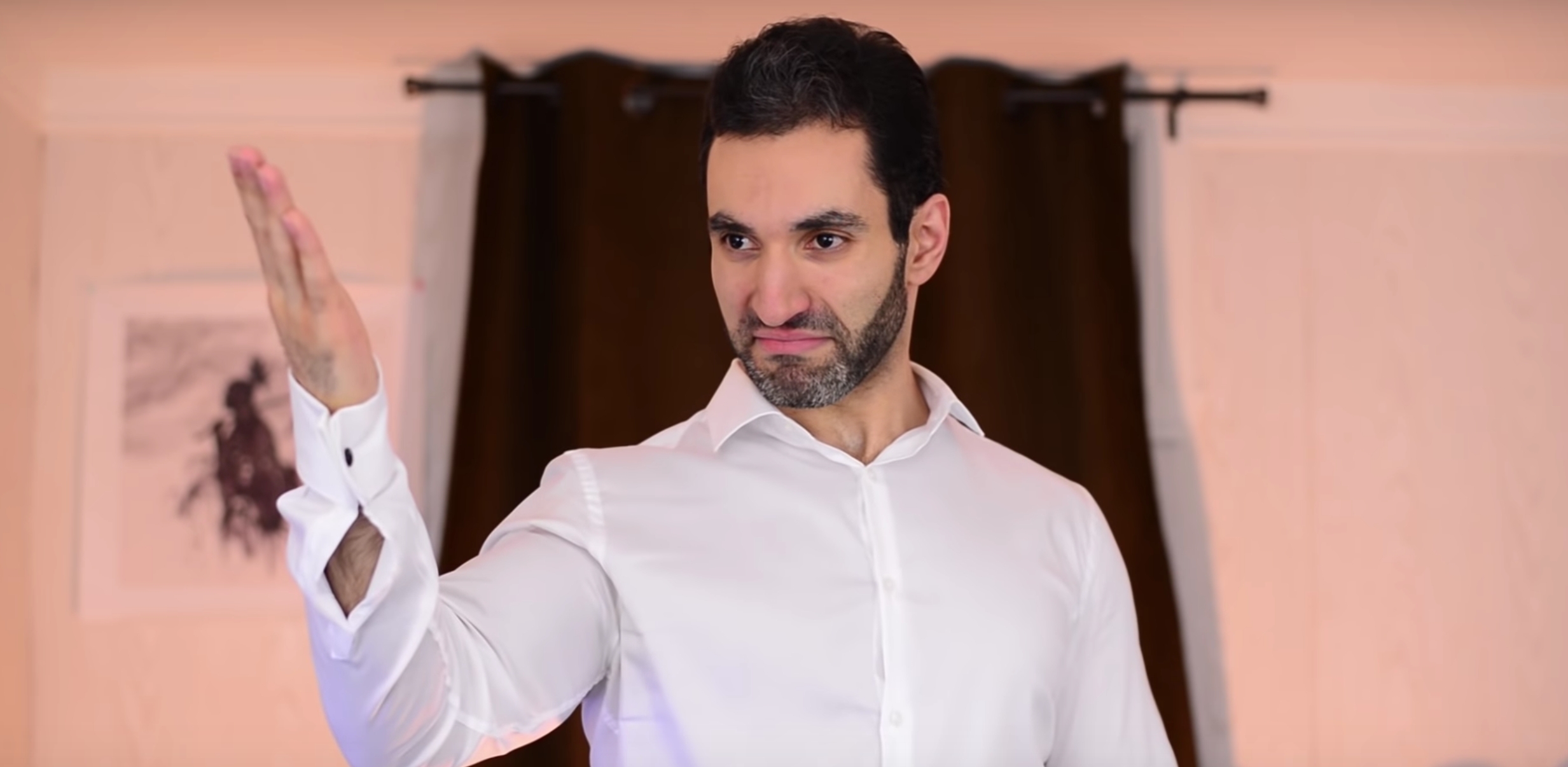
The final gesture in Hachem's compilation is a more modest version of the previous one. This is used to convey pride and admiration in someone or something other than yourself. "To perform it, slowly raise your hand up while gazing at a subject or object with pride and jerk arm forward in a quick strong motion," says our guide.
The full performance of the curated list of gestures is available on Hachem's popular YouTube channel, where he regularly uploads lighthearted videos about Middle Eastern culture, language and daily experiences.
This article is available in French on Middle East Eye French edition.
Middle East Eye delivers independent and unrivalled coverage and analysis of the Middle East, North Africa and beyond. To learn more about republishing this content and the associated fees, please fill out this form. More about MEE can be found here.




